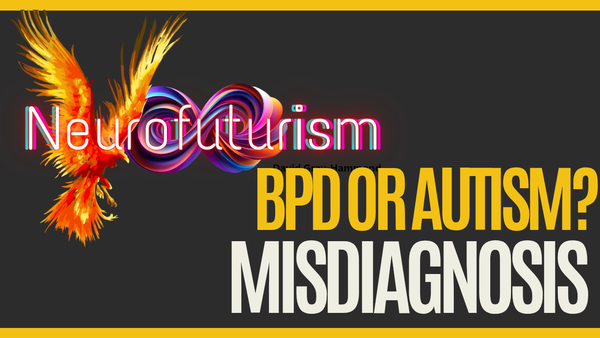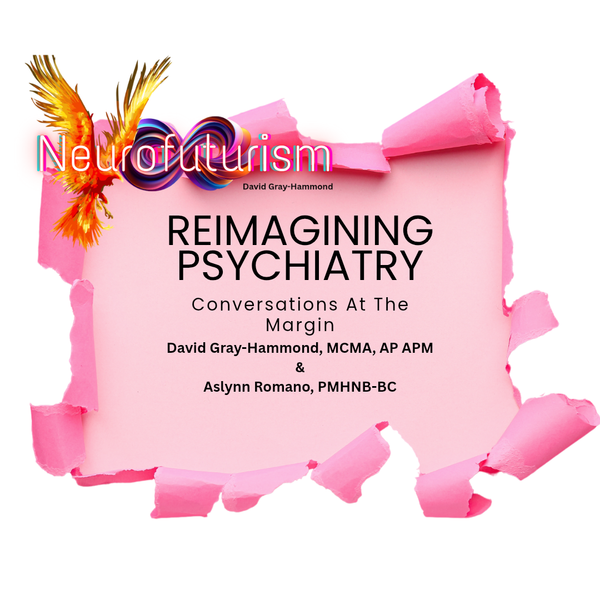Autistic Experiences of Pain: A Different Embodiment, A Different Reality
How Autistic people experience pain differently and it leads to their neglect in healthcare

One of the least acknowledged aspects of Autistic embodiment is the way we experience pain. For many of us, pain is not a straightforward sensory signal that communicates clearly when something is wrong. Instead, it is filtered through differences in interoception, the sense of our internal body state. This means that Autistic people may be hypersensitive to pain, feeling it more acutely than non-Autistic people, or hyposensitive, experiencing dull or delayed responses that might seem unreflective of the situation.
These differences have profound consequences. They shape how we communicate distress, how others perceive us, and ultimately, how we are treated in healthcare settings.
This Substack is reader-supported. To continue reading this article please consider becoming a paid subscriber.


